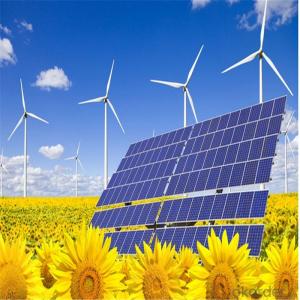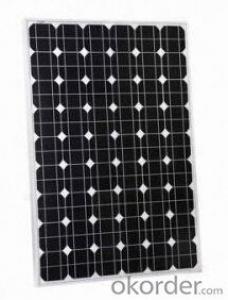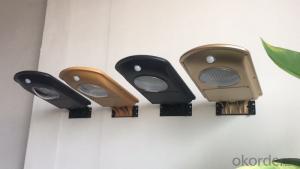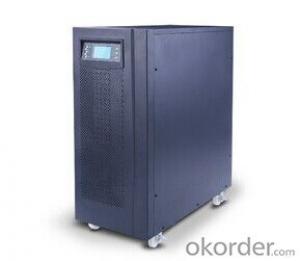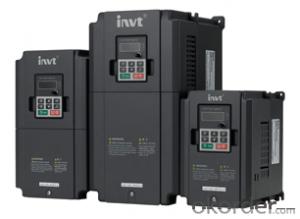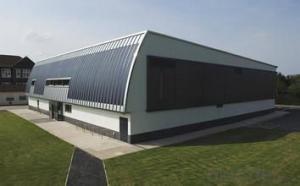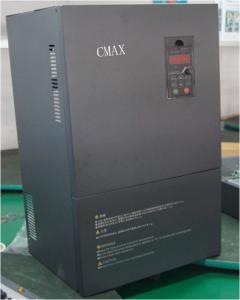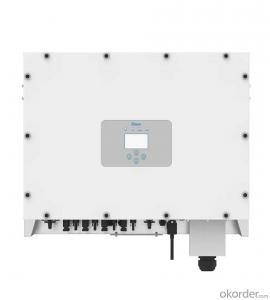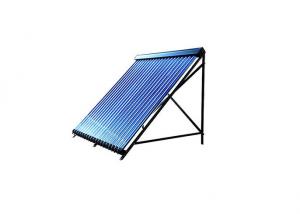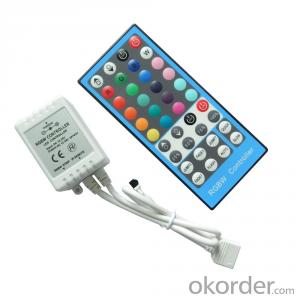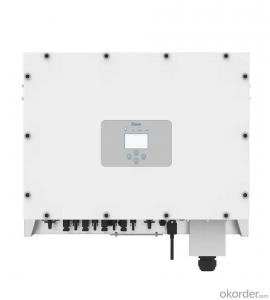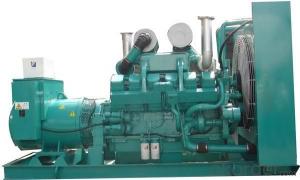40kw Solar Inverter
40kw Solar Inverter Related Searches
40 Kw Solar Inverter 40 Kw Solar Inverter Price 50kw Solar Inverter 45kw Solar Inverter 50 Kw Solar Inverter 400w Solar Inverter 400 Watt Solar Inverter Solar Inverter 50kw 30kw Solar Inverter 50 Amp Solar Inverter 60 Kw Solar Inverter 400v Solar Inverter 50 Kw Hybrid Solar Inverter 80kw Solar Inverter 35kw Solar Inverter Solar Inverter 4000w 80 Kw Solar Inverter 4000w Solar Power Inverter Solar Inverter 48v 4000w 4000w Solar Inverter 4000 Watt Solar Inverter 20kw Solar Inverter Solar Power Inverter 4000w 30 Amp Solar Inverter 100kw Solar Inverter 30kw Hybrid Solar Inverter Solar Inverter 4000 Watt 4000 Watt Inverter Solar 10kw Solar Inverter 20 Kw Solar Inverter40kw Solar Inverter Supplier & Manufacturer from China
The 40kw Solar Inverter is a high-performance product designed to convert solar energy into usable electrical power. This inverter is engineered to handle the demands of large-scale solar power systems, making it an ideal choice for commercial and industrial applications. It efficiently manages the energy produced by solar panels, ensuring optimal power output and reliability. The 40kw Solar Inverter is widely used in various settings, such as businesses, factories, and large residential properties, where significant energy consumption is a common factor. Its ability to harness solar power and reduce reliance on traditional energy sources makes it a popular choice for those seeking sustainable energy solutions. Okorder.com is a leading wholesale supplier of the 40kw Solar Inverter, boasting a vast inventory that caters to the needs of various clients. With a commitment to quality and customer satisfaction, Okorder.com ensures that the 40kw Solar Inverter is readily available for those looking to invest in clean, renewable energy.Hot Products















